The Rubik’s Cube—a simple-looking, colorful puzzle—has captivated millions of minds since it was invented. While most people know it as a popular toy or a challenge for brainy puzzle enthusiasts, there’s more to this cube than just twisting and turning colors. From mathematics and algorithms to robotics and therapy, the Rubik’s Cube plays a surprising role in a wide range of disciplines.
In this article, we’ll uncover 6 lesser-known facts about the Rubik’s Cube, diving into its fascinating history, hidden complexity, and surprising global influence. Whether you’re a casual player or a speedcubing pro, these insights will deepen your appreciation of this iconic puzzle.
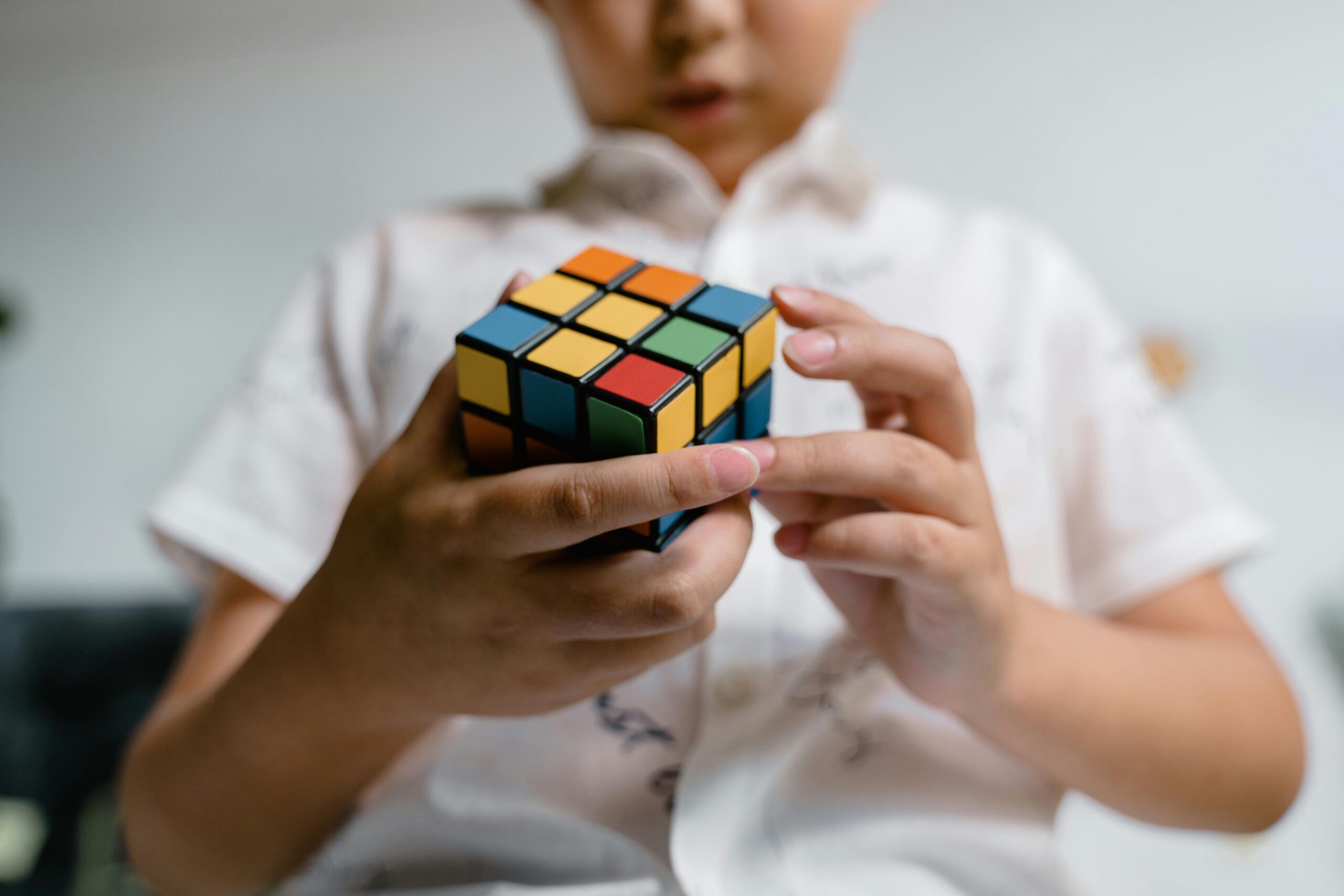
Most people assume the Rubik’s Cube was designed purely as a puzzle or toy. In truth, it was created in 1974 by Ernő Rubik, a Hungarian architecture professor, as a teaching tool. He originally called it the “Magic Cube” and used it to demonstrate three-dimensional geometry to his students.
The colorful cube helped them understand spatial relationships and structural design. It wasn’t until later that Rubik realized his “teaching model” could be sold commercially as a puzzle—and the rest is history.

One of the most mind-blowing facts about the Rubik’s Cube is its sheer complexity. A standard 3x3x3 cube has 43,252,003,274,489,856,000 possible permutations—that’s over 43 quintillion combinations!
To put this into perspective, if you tried one move every second, it would take you over 1.4 trillion years to go through every possible configuration. Despite that, any combination can be solved in 20 moves or fewer, a discovery proven by computer algorithms and known as “God’s Number.”
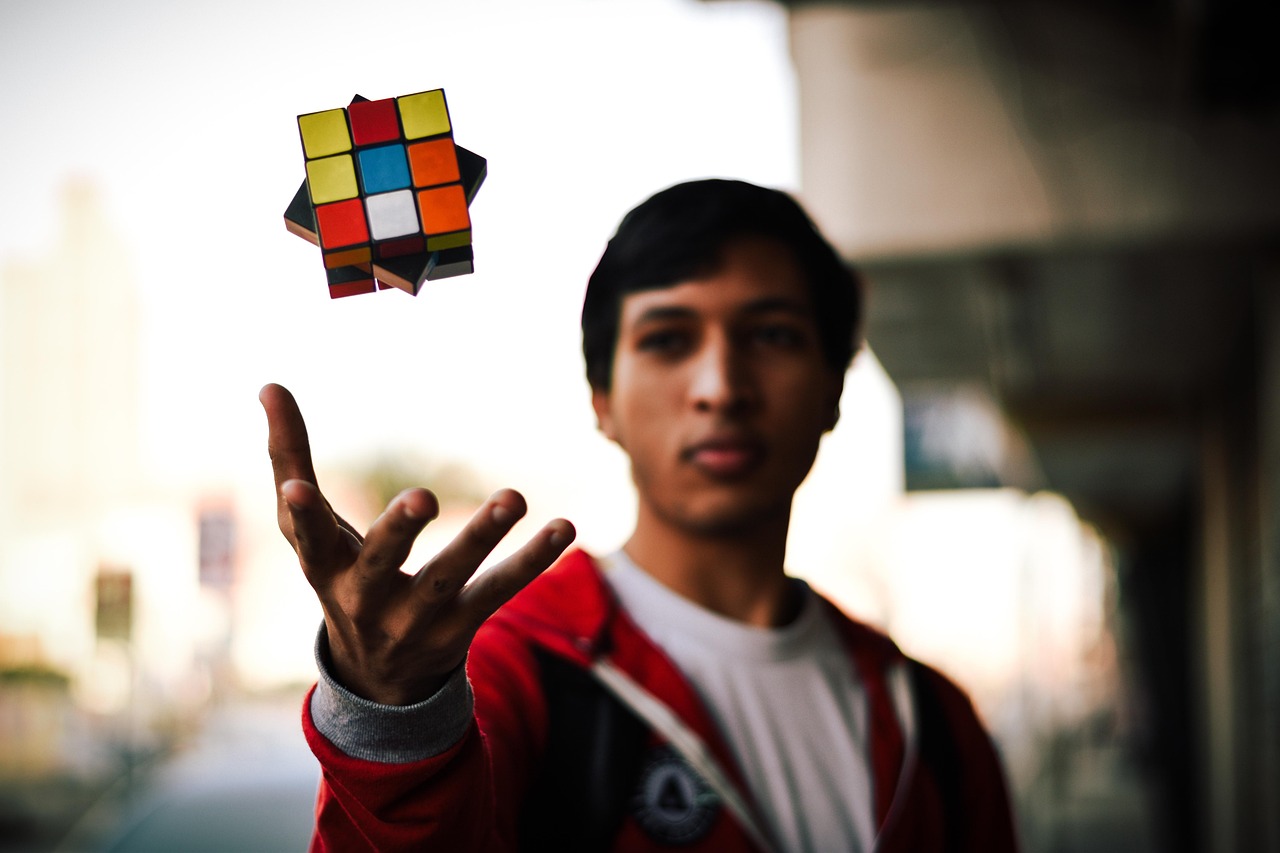
What began as a simple brain teaser has evolved into a professional global sport. Speedcubing, the act of solving the Rubik’s Cube as fast as possible, has its own governing body—the World Cube Association (WCA)—and international tournaments.
Records are broken every year. As of 2025, the fastest official single solve time stands at 3.13 seconds, achieved by Max Park. Some competitions even include blindfolded solving, one-handed solves, and even solving with your feet (yes, really!).
Speedcubing is more than just a fun challenge—it requires memorization, pattern recognition, hand-eye coordination, and lightning-fast reflexes.
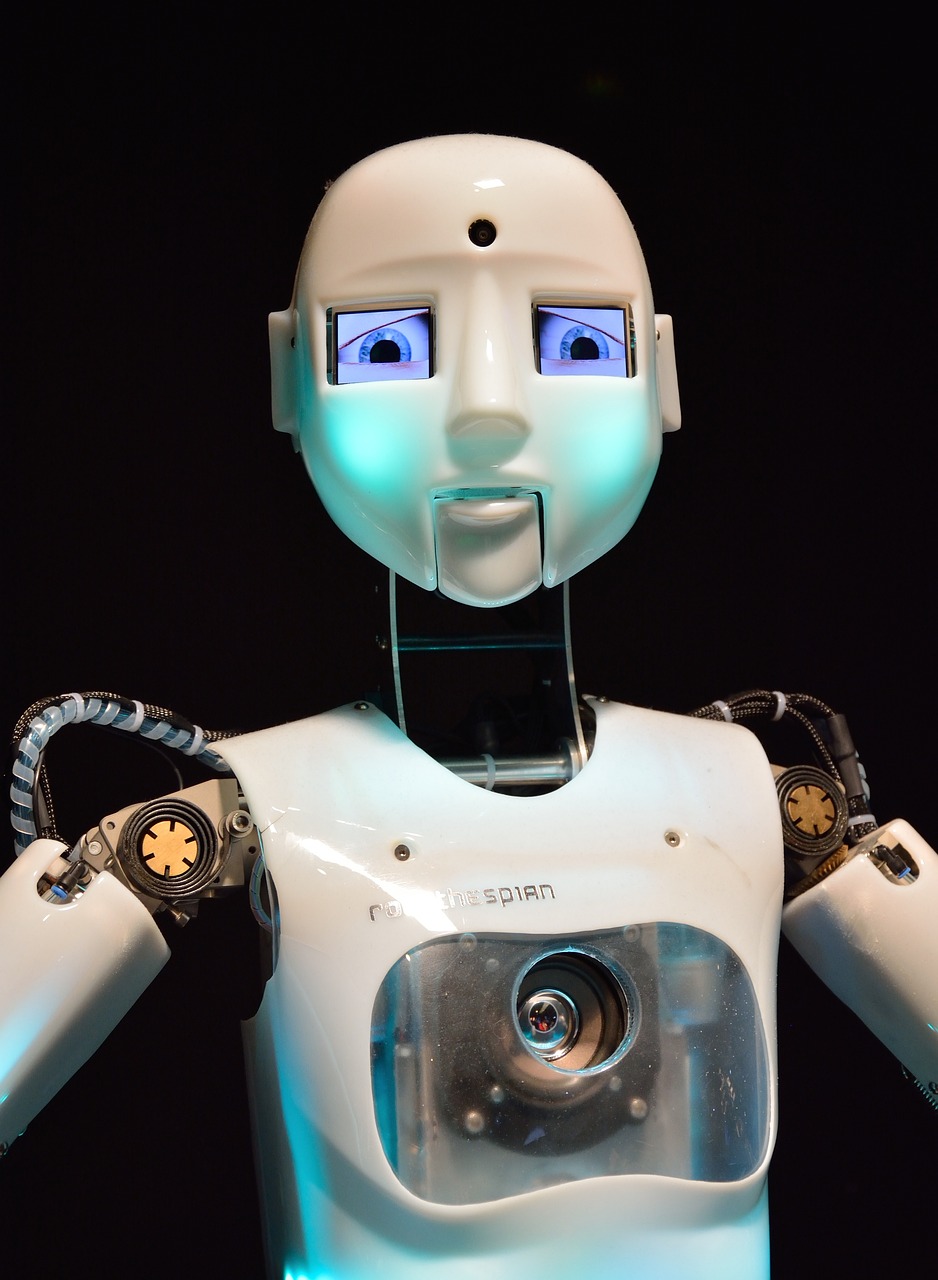
If 3.13 seconds sounds fast, wait until you hear about robots. In 2018, a robot called Sub1 Reloaded solved a Rubik’s Cube in 0.38 seconds, setting a Guinness World Record.
The machine uses high-speed cameras, motors, and sophisticated algorithms to process the cube’s configuration and perform all necessary moves almost instantaneously.
This achievement isn't just about showing off. It demonstrates the power of machine learning, automation, and real-time computer vision—fields that are revolutionizing industries from healthcare to autonomous vehicles.
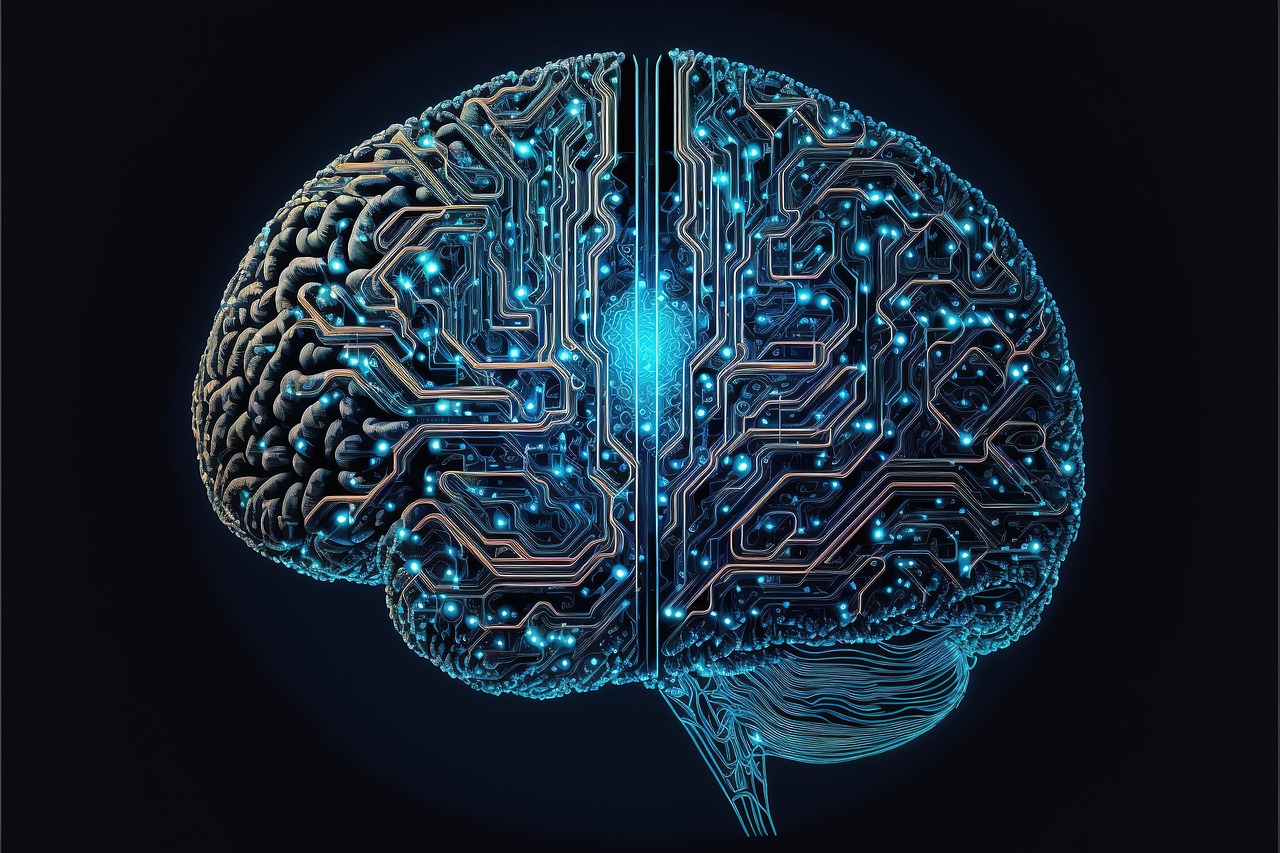
Research shows that solving a Rubik’s Cube can enhance cognitive flexibility, problem-solving skills, and short-term memory. For students, it strengthens spatial awareness and visual memory. For adults, especially seniors, it acts as a mental workout, promoting neuroplasticity and slowing cognitive decline.
Some therapists have even used the Rubik’s Cube as a rehabilitation tool for stroke survivors, helping rebuild motor skills and coordination.
In short, twisting a cube does a lot more for your brain than just pass the time.
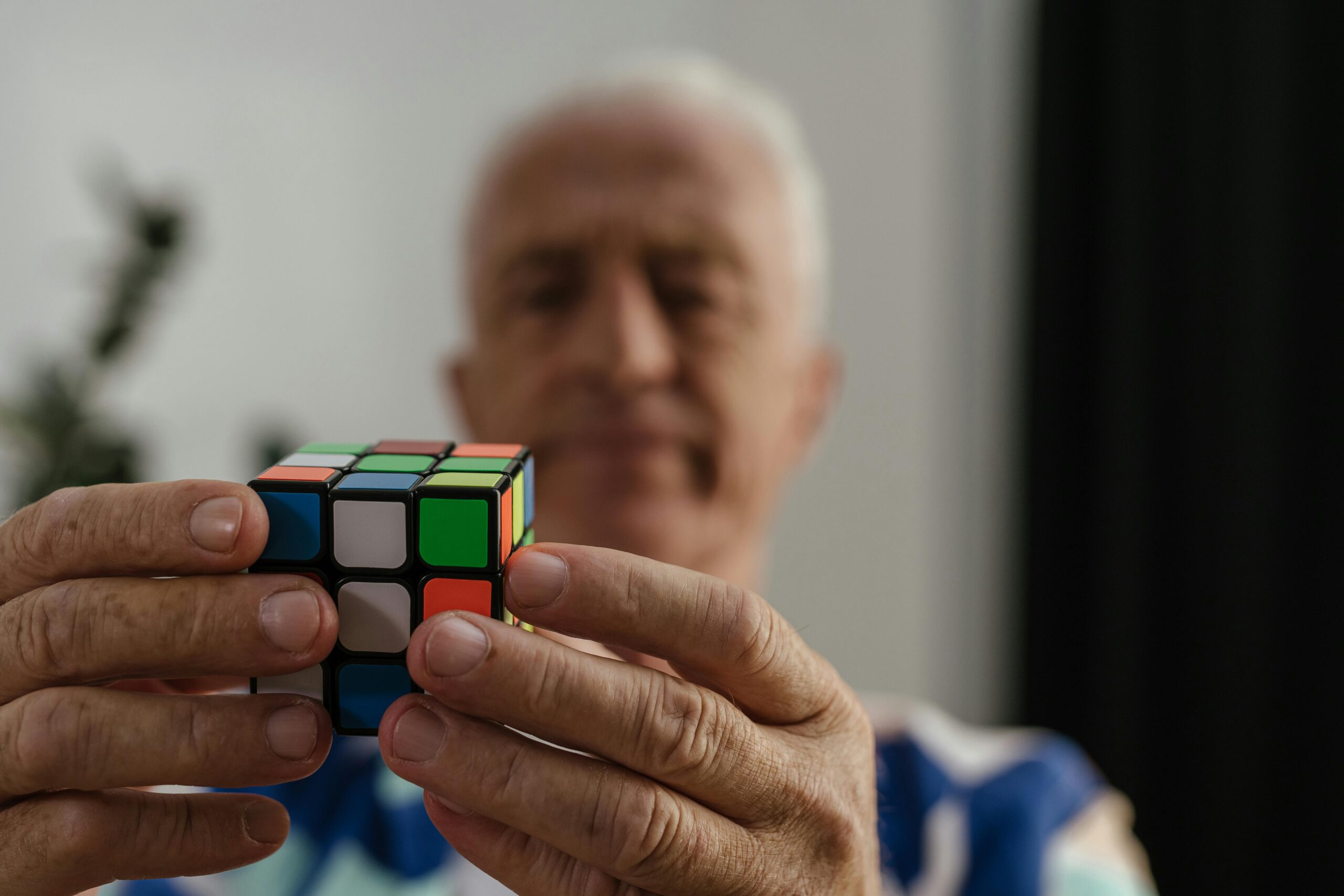
Beyond science and education, the Rubik’s Cube is also a symbol of creativity and pop culture. It has appeared in countless films, music videos, and advertisements—from The Pursuit of Happyness to The Simpsons. It even has its own exhibitions at the Museum of Modern Art (MoMA).
Artists across the world use cubes to create mosaic art, while fashion designers have incorporated cube patterns into clothing and accessories. The cube has also inspired sculptures, installations, and video games.
Its blend of color, form, and mathematical elegance has turned it into a universal design icon—instantly recognizable and endlessly fascinating.
Why the Rubik’s Cube Still Matters in 2025
In today’s tech-saturated world, the Rubik’s Cube stands out as a simple, analog tool that delivers deep, meaningful value. It teaches patience, logic, pattern analysis, and resilience—skills that are more important than ever in education and career development.
Parents, teachers, and even HR professionals are reintroducing the cube in classrooms and workplaces to promote focus, creativity, and critical thinking.
Whether you’re using it to beat boredom or boost brainpower, the Rubik’s Cube is more than just a toy—it’s a timeless tool for learning and growth.

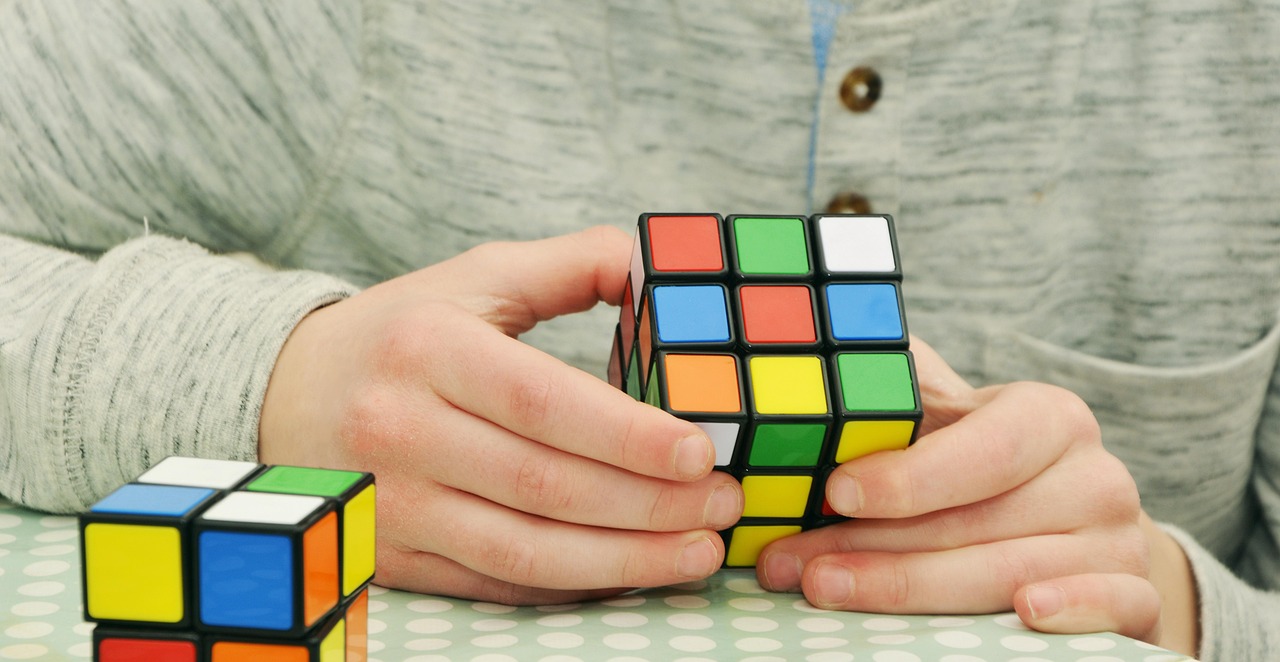



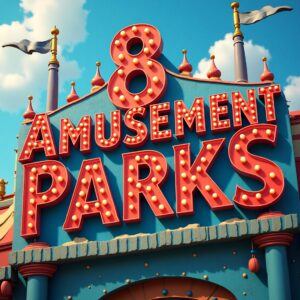
Be First to Comment